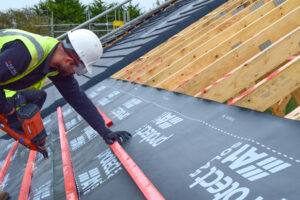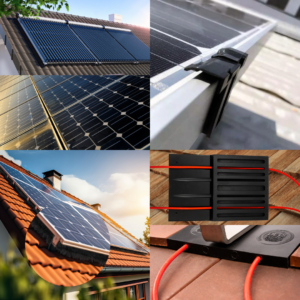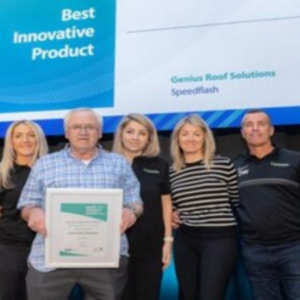SOLAR PANELS—DOES CURRENT GUIDANCE ON ROOF SPACE VENTILATION APPLY TO THE WIDE RANGE OF APPLICATIONS?
PERMAVENT is exploring the rapid changes in pitched roof design due to the rising demand for solar applications and the need for updated roof space ventilation guidance. Modern pitched roofs are more complex, requiring good workmanship and benefiting from dry-fixed products.
However, roof space ventilation is often overlooked, where traditional cross-flow eaves ventilation, designed to prevent condensation, may be ineffective due to modern roof complexities and increased insulation. The increase in solar panel installations can lead to roof space condensation, previously mitigated by vapour permeable underlays. As homes become more airtight and energy-efficient, condensation increases, necessitating effective removal of warm air from the attic space.
Unfortunately, ventilation regulations haven’t kept pace with these changes. Traditional eaves
ventilation often fails to provide consistent airflow. Air and vapour open membranes provide continuous airflow, independent of external factors, especially in complex designs.
NHBC standards following BS 5250:2021 suggest treating roof coverings as impermeable with solar panels, but NHBC states type LR vapour permeable underlays or air and vapour permeable underlays can also be used with eaves and ridge ventilation.
Type LR underlays will improve air movement and condensation control. Permavent’s research supports using air and vapour permeable underlays with solar panels, and natural slates or tiles, to reduce the risk of condensation.
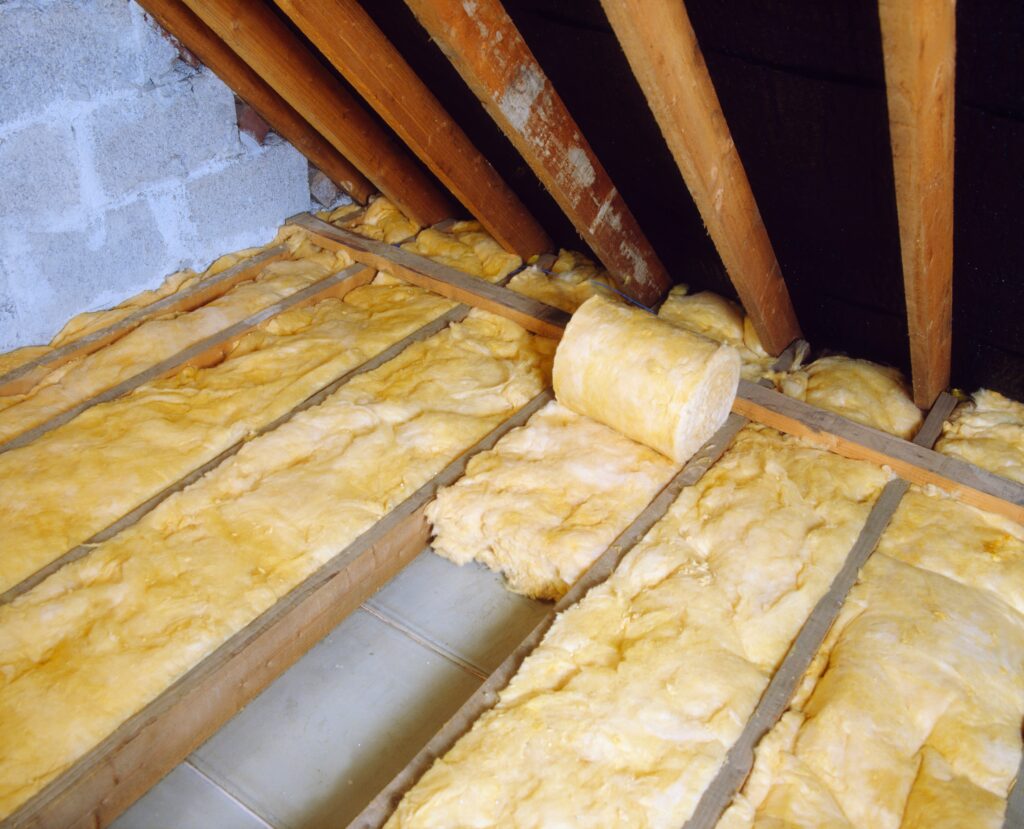
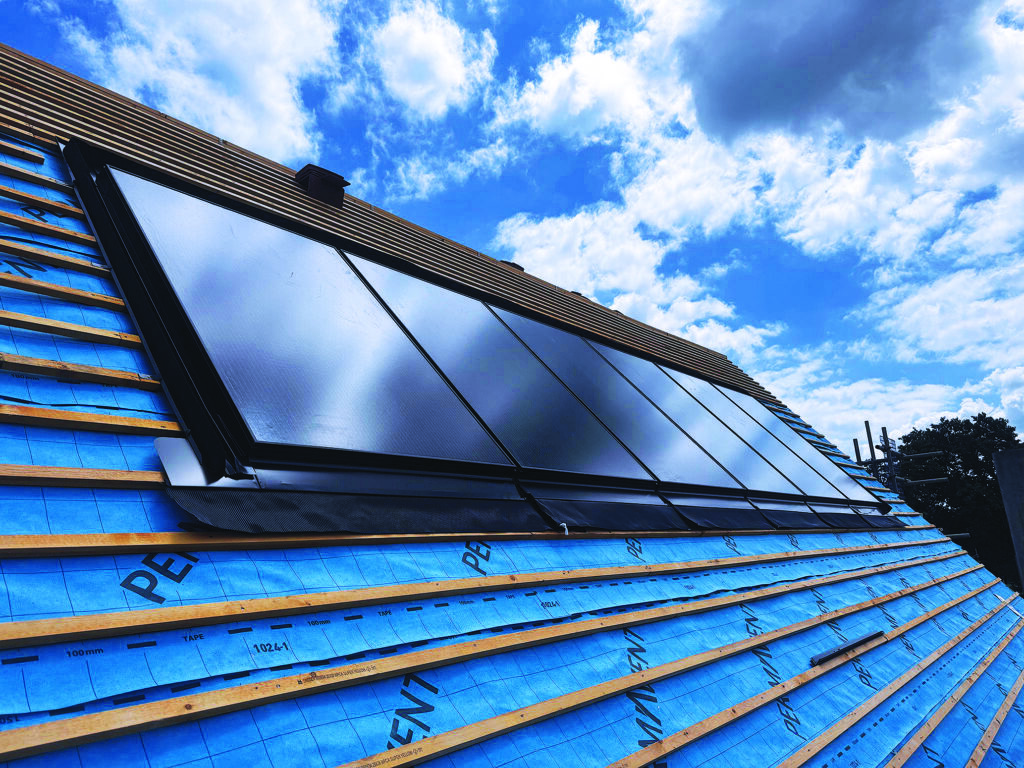
Issues with solar panel installations can often arise from fixing screws breaching the underlay, causing water ingress. In Europe, counter battens are used to avoid this and provide ventilation for the solar panel.
Air and vapour open underlays are the best solution for complex roofs, preventing stagnant warm air pockets. Given their proven benefits, why go backwards?

